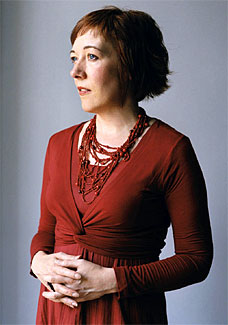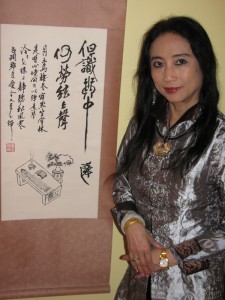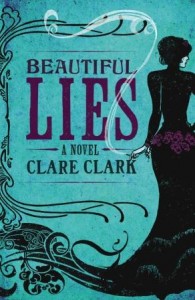Married at Fourteen by Lucille Lang Day is a memoir about a young girl who wants to grow up fast in the late 1960s, that she seriously starts looking for a husband at age 12. She’s completely unhappy with her family life, particularly her mother, and with school. The story spends a great deal of time in the first section examining the numerous boys that Day dated and tried to have sex with, but it also spends a lot of time on her frame of mind for this behavior. She believes that marriage will set her free from the confines of her own family, allowing her not only to become a mother, but also make her own decisions. In addition to love and finding a way out of the home, Day is a typical teen in her need to break out of conformity and make her mark, which in her case meant breaking up the monotonous school uniform with her own style and obtaining a switchblade to make her feel more adult-like.
“Nevertheless, I kept mine, which was tucked safely behind my math and history books in my locker. I wasn’t about to hand it over to any cop. It was a symbol of who I was. It meant I didn’t play by the rules; it meant I made up my own rules. It meant I was a rebel. It meant I was bad.” (Page 4 ARC)
When Day finally marries, she finds it is not all romance and roses, but she has to think about more than herself now that she has a daughter, Liana. In a way the first portion of the book is a good illustration of why teens need observant parents in their lives — to teach them what is right and what is wrong, but also to guide them down the best path. Day seems to have learned some lessons in love the hard way. She also learned some lessons about motherhood and how far she was willing to go for money.
Part one looks back at Day’s teenage years, while the second portion of the memoir is a series of self-contained stories from her life as an adult, struggling to gain a college education after her struggle for a high school diploma as well as her struggle to keep a job and be treated fairly by her employers. Married at Fourteen by Lucille Lang Day is an engaging look at what it was like for a young woman with big dreams of equality to live in the 1960s. Day’s memoir is a stark look at family life, alcoholism, rebellion among teens, and so much more. There is a cultural shift, but also an evolution within Day as she takes on her self-imposed struggles in love and motherhood.
About the Author:
Lucille Lang Day has published creative nonfiction in The Hudson Review, the Istanbul Literary Review, Passages North, the River Oak Review, the Willow Review, and many other journals. She is the recipient of the Willow Review Award in Creative Nonfiction and a Notable Essay citation in Best American Essays. She is also the author of a children’s book, Chain Letter, and eight poetry collections and chapbooks, including The Curvature of Blue, Infinities, and The Book of Answers. Her first poetry collection, Self-Portrait with Hand Microscope, received the Joseph Henry Jackson Award. She received an M.A. in English and an M.F.A. in creative writing at San Francisco State University, and then an M.A. in zoology and a Ph.D. in science and mathematics education at the University of California, Berkeley. The founder and director of a small press, Scarlet Tanager Books, she also served for seventeen years as the director of the Hall of Health, an interactive children’s museum in Berkeley.



 About the Author:
About the Author: The Realm of the Lost by Emma Eden Ramos is a middle-grade fantasy novel about a 13-year-old girl, named Kat Gallagher, who is feisty and responsible. She’s got younger siblings, Ellie and Colm, and a home life that is not what it once was, but she takes it on her own shoulders to care for her little brother whose sick a lot of the time. Her and Ellie, on the other hand, act as sisters should, especially sisters who share a room. They bicker over space, and one day on the way to school, all of the tension boils over on the streets of New York City.
The Realm of the Lost by Emma Eden Ramos is a middle-grade fantasy novel about a 13-year-old girl, named Kat Gallagher, who is feisty and responsible. She’s got younger siblings, Ellie and Colm, and a home life that is not what it once was, but she takes it on her own shoulders to care for her little brother whose sick a lot of the time. Her and Ellie, on the other hand, act as sisters should, especially sisters who share a room. They bicker over space, and one day on the way to school, all of the tension boils over on the streets of New York City.


 About the Author:
About the Author:
 About the Author:
About the Author:





 About the Author:
About the Author:



